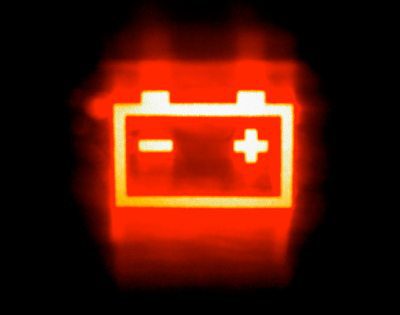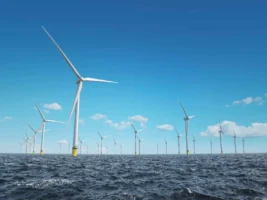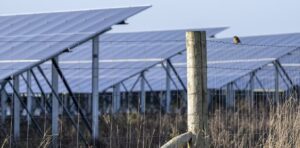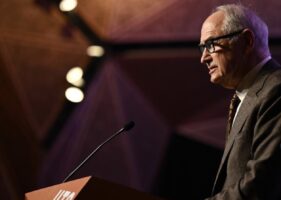The big announcements keep coming from the energy storage sector, with news this week that US behind-the-meter startup, Stem, has been tapped to provide 85MW of distributed energy storage to households in the West Los Angeles Basin.
The deal, a multi-year agreement awarded to Stem by Southern California Edison (SCE), marks America’s largest distributed energy storage project to date, and the first time energy storage has competed with traditional energy sources like natural gas at this scale.
For its part of the deal, Stem will deploy its advanced, behind-the-meter energy storage technology at customer locations in the Western LA Basin to act as dispatchable capacity to enhance the local reliability of the region.
In other words, using the combination of storage and its proprietary software platform, Stem will allow customers to monitor and manage energy use, which in turn will provide additional capacity to SCE.
“Its a big, big announcement,” said Stem CEO John Carrington, noting that SCE had a track record of embracing innovative resources – from its support of solar power and energy efficiency to its rollout of demand response programs.
“We have spent several years building software, financing, and innovative distributed storage solutions that provide a dynamic grid resource. The result is a solution that looks and feels familiar to utilities and benefits their customers.”
“This is a major win for behind-the-meter storage, demonstrating that this technology is a valuable tool for both utilities and their commercial and industrial customers,” said Janice Lin, co-founder and executive director for the California Energy Storage Alliance (CESA). 
Stem was previously selected for projects with the Sacramento Municipal Utility District (SMUD) and Hawaiian Electric Company (HECO), and is active in the California Independent System Operator (CAISO) wholesale energy market.
The Stem Zero financing program, backed by more than $100 million in funding, enables immediate energy savings with no upfront cost.
Stem will begin system deployment following approval from the California Public Utilities Commission.
Germany energy autocracy
Meanwhile, in Europe, the region’s largest PV provider, Hanwha Q CELLS, has teamed up with SAMSUNG SDI to offer a PV plus storage solution for homeowners interested in installing a self-consumption rooftop system.
The product, Q.HOME, will include a 4,68kWp or 6,24kWp system with 18-24 high-yield Q CELLS Q.PRO-G3 260W modules, a SAMSUNG SDI 3,6kWh storage system, and a one-phase inverter.
It will be available to customers in Germany from December.
For Samsung SDI, the Q CELLS’ Q.HOME Kit will be South Korean company’s latest ‘All-in-One’ offering specifically targeting the solar sector.
Hanwha Q CELLS COO Justin Lee says the technology reduces consumer dependence on the grid and makes a crucial step towards energy independence.
According to new data from a recent German survey, about 20 per cent of customers who installed a PV system in 2014 also owned a storage solution.
And here’s why. According to Hanwha Q CELLS, a family of four with an annual electricity consumption of 4400 kwh can achieve 50 per cent “autarchy”, consuming 2200 kwh of self-generated electricity per year using their solar and the SAMSUNG SDI storage system.
The system works by feeding the solar energy generated through the residential PV system into the storage system. Software then gives the homeowner a real-time overview of how much energy remains in storage, how many kilowatt-hours are required for the house on an average day and how much electricity has been generated on the roof that day.
Why storage matters, reason #473
The latest development in the saga of the proposed Palen Solar Electric Generating System project in the US illustrates the importance of energy storage to the future of utility-scale solar, as well as the small-scale rooftop variety.
Plans for the California concentrating solar thermal plant have morphed from a 500MW facility based on parabolic trough technology, to a joint venture between BrightSource Energy and Spain’s Abengoa Solar, using BrightSource’s solar power tower technology, without thermal storage capability. It was then was scaled down from two 750-foot, 250-megawatt towers to one tower on a smaller piece of land.
The latest news on the Palen project, however, is the plant will now, again, incorporate storage – a molten salt thermal energy storage system – in the design, after Abengoa agreed to acquire BrightSource Energy’s interest in the beleaguered venture. Abengoa will have to submit its new plans to the California Energy Commission, but the fact that it has already built 743MW of operating CSP tower and trough projects bodes well.










